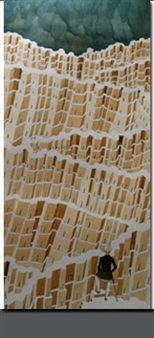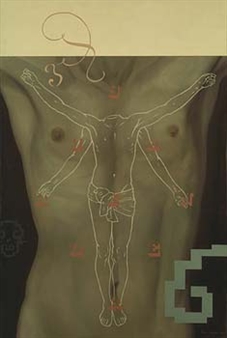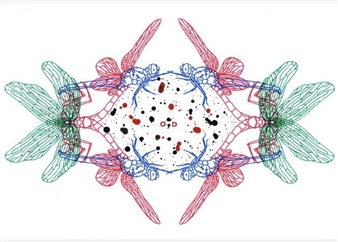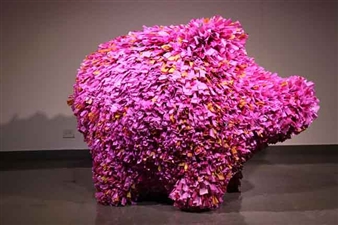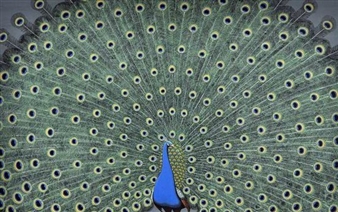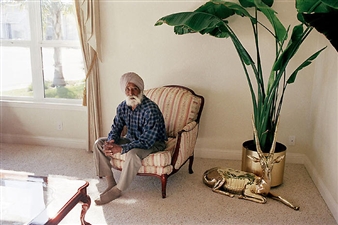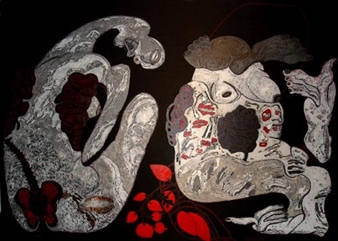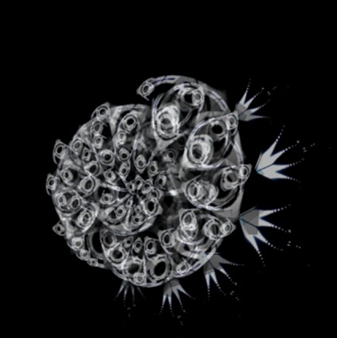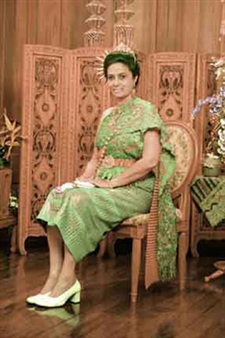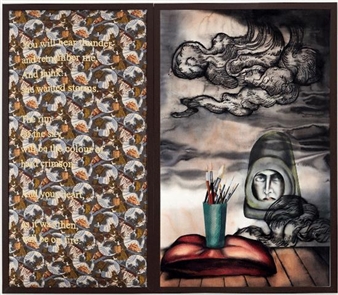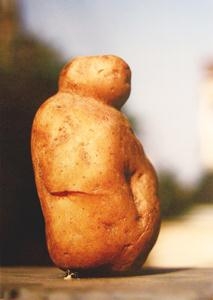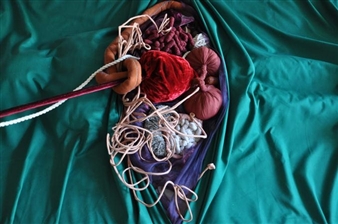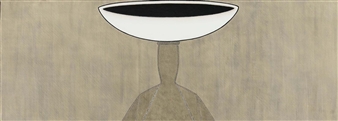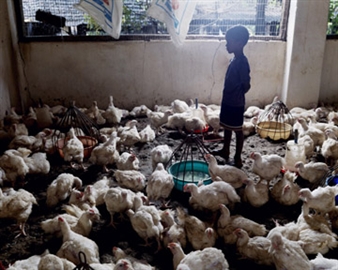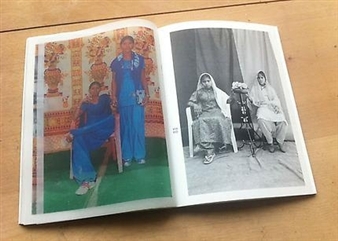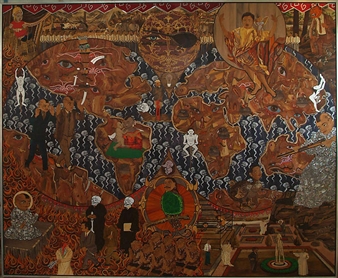Concepts & Ideas 2011
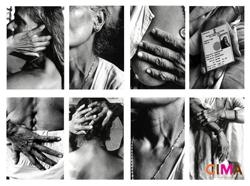
CIMA, Centre of International Modern Art, West Bengal, Kolkata, 02/18/2011 - 03/09/2011
43 Ashutosh Chowdhury Avenue
India is the “most interesting country in the world.” At least, so says Ramachandra Guha in the prologue to his new book – Makers of Modern India. Perhaps he is onto something, sees something the media and us are missing. India is one of the world’s oldest continuous civilizations; its various communities live in several centuries simultaneously, creating multiple and opposing narratives.
The notion of India in the West which is increasingly becoming common place, skims over the peculiarities, oddities and contradictions. The idea is nurtured and spread by even the local media and advertising worlds. This version 2.0 of an increasingly rich and materialistic India (versus the earlier version of a poor and spiritual country), is fanned by the demands of politicians and business people driven by commerce, vote banks and market places.
But this foregoes a closer more intimate exploration of the scramble for precious commodities, the rapid dispossession, in recent years, of tribal communities (who are still forest-dwelling) and farmers. The unblazoned catastrophes quietly going on in the rural interiors – the land grabbing, spiraling debt and farmer suicides, is absent in the many books being published, and the Press. The larger, more human challenges confronting India, are generally avoided. They are neither colourful or vibrant, or suffused with a mystical faith that a “dynamic” minority of producers and consumers will somehow achieve, social and economic change by “trickle down” effects.
This version of India, the tawdry, the cruel, the melancholic, is recently finding expression in popular cinema – Peepli [Live] – and in the visual fine arts. The three artists in this exhibition, do not exactly plunge us into this universe. Instead, they make us do what good art is supposed to do – interpret, reveal and makes us witnesses.
Each of the three, well – known artists, sensitively examines a silent issue plaguing life and living in India. Sheba Chhachhi looks at the human effects and affect of rapid urbanization and the relationship between myth and ecology. In her work, aesthetics goes together with advocating justice and equity and critiquing contemporary society.
Anjum Singh’s sculptures express her perspectives on urban, metropolitan issues, the chaos, the garbage, the shattering disfigurement of a city and yet how alluring it is for the consumer society in India.
Praneet Soi engages with the questions of migration and displacements. He examines parallels which link his practice as a painter to a political approach to subject matter. Soi himself is an inhabitant of many places – he left his home Calcutta first to continue studies in Gujarat, then the United States and now lives in Amsterdam.
